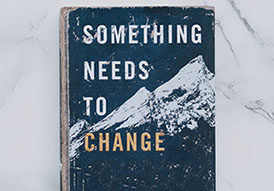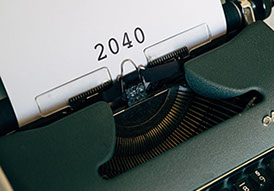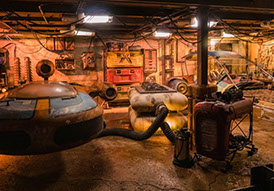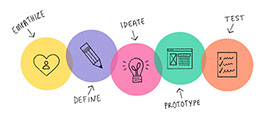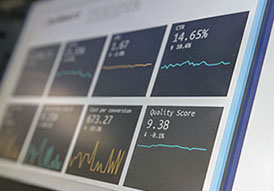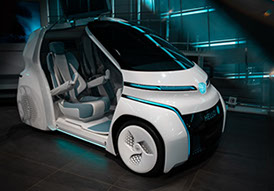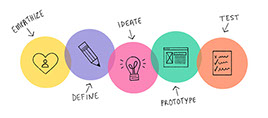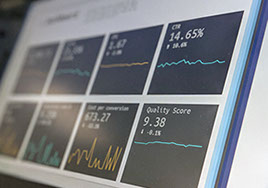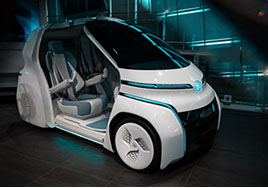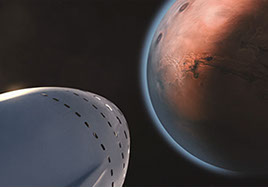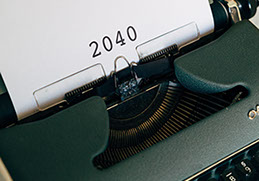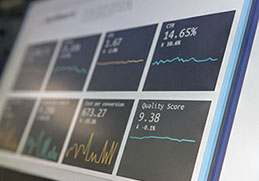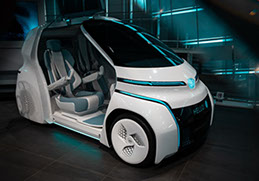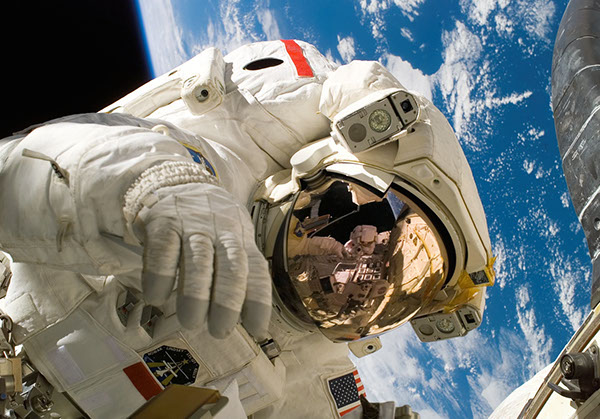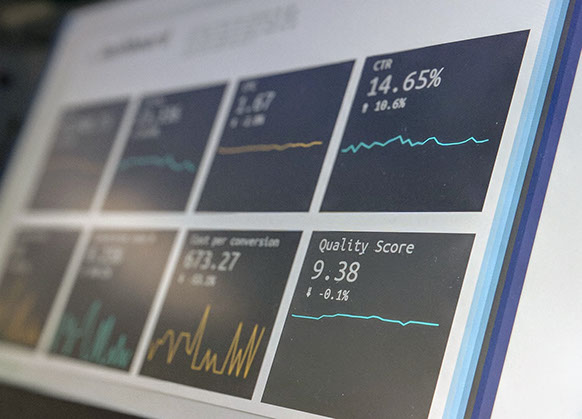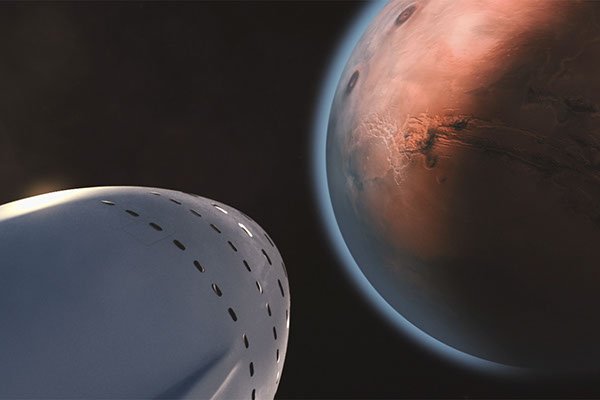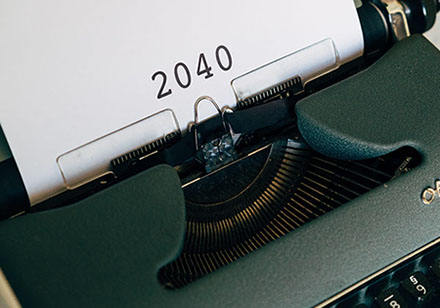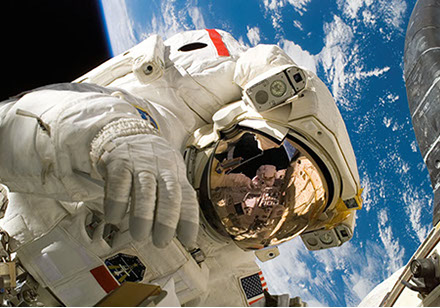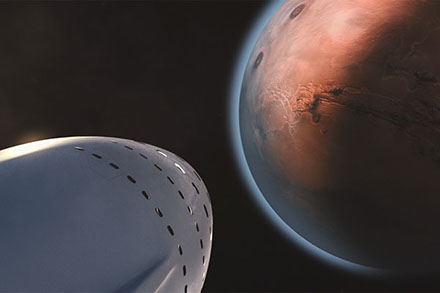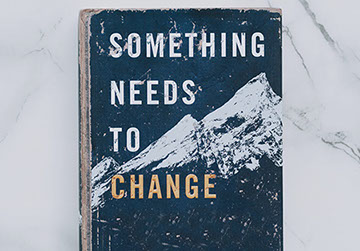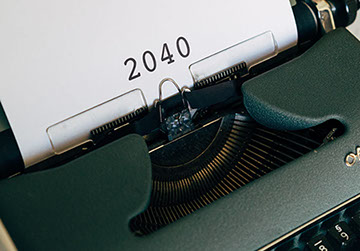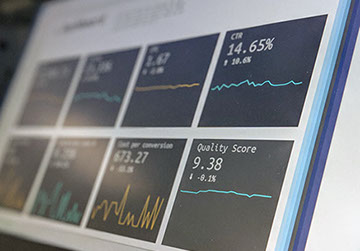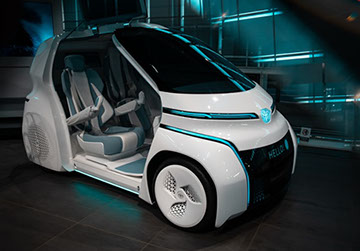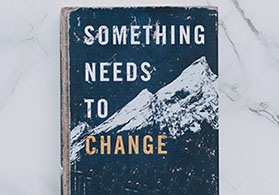POSTED 23.04.20 / BY C YATES
CATEGORIES
Design
Future
Connected
Methodology
Innovation
Technology
ABOUT ME
I am passionate about innovative design and creating user experiences at the intersection of art, science and technology.
RELATED POSTS
Design Methods
FUTURES THINKING
Cultivating Micro-Moments
Futures Thinking, also referred to as ‘foresight’, ‘futurism’, ‘futurology’, and ‘anticipation studies’, is a method for informed reflection on the major changes that will occur in the next 10, 20 or more years in all areas of social life, including education. Futures Thinking uses a multidisciplinary approach to pierce the veil of received opinion and identify the dynamics that are creating the future
“The word ‘future’ should be interpreted as a verb, not a noun.” It can be used to describe not only a place in time at which we arrive, but the process of pro-actively shaping change.
Futures thinking doesn’t try to predict the future, but rather to illuminate unexpected implications of present-day issues; the emphasis isn’t on what will happen, but on what could happen, given various observed drivers. It’s a way of getting new perspectives and context for present-day decisions, as well as for dealing with the dilemma at the heart of all strategic thinking: the future can’t be predicted, yet we have to make choices based on what is to come.
Design practices are becoming increasingly future-focused, reflecting the complexities of the design challenges that we face. Futures thinking can offer us tools and methods to help with this, but more than that, it might offer us a new way of seeing the world that we design for. This in turn leads to a deeper understanding of change shaping your organizations future, enhance the strategic thinking capability of people in your organization, and strengthening your organizational strategy development by integrating futures thinking approaches into your processes, and/or prepare your organization to be able to respond more effectively and more pro-actively to its emerging future.
Why is this important?
Design challenges are driven by human behaviors, attitudes, needs and wants. However, people are always changing; they are shaped by the socio-cultural, technological, political and economic (also know as STEEP) influences of the surroundings they live in. Design challenges are often complex, ever-changing, and rarely do they only exist in the ‘now’. Designers tackle challenges best by considering not only how people behave now, but how external influences change these behaviors and needs over time. In contexts where the pace of change is increasing, service designers must respond by thinking in even longer terms.
Throughout the 20th century those concerned with anticipating the future were for use within post-war political planning or as inspiration to the science fiction writers of the era, such as H.G. Wells. In recent years, the practice has shifted its focus away from predictions of the future, known as forecasting, toward the critical exploration of future possibilities, known as foresight or futures thinking. This looks beyond the scope of ‘probable futures’ to examine the full realm of ‘possible futures’, with the goal of identifying unforeseen opportunities. It seeks to unpack the question of “what could happen?”, rather than attempting to answer “what will happen?”. Futures thinking is primarily concerned with systemic factors, and is less concerned with immediate problems. It recognizes that everything is interconnected, and that in order to make meaningful and long-lasting impact, one must understand and intervene in the overall system rather than addressing only individual elements. Increasingly, future-oriented practices are influencing the design disciplines of today by considering the future as a range of outcomes within a 'futures cone'; each outcome corresponding to a given set of conditions that determine it as Preferable, Probable, Plausible, or Possible.
Benefit for Designers?
A futures thinking approach can be integrated into design thinking methodologies. From divergent, exploratory mind-set of futures thinking to the outcome-oriented mind-set of design. Helping designers answer both the long-term question of “where do we want to be?” as well as the short-term response to “so what do we do next?”.
In early research phases it may involve looking to fringe users to define weak signals of change, while in user engagements we might use conversations of possible or preferred futures to help uncover and unpack people’s deep beliefs and aspirations. Understand the changing system by viewing people, services, products and organizations as part of a constantly changing system. They are not isolated elements, but are interconnected, and are part of a system in which elements are always changing and influencing each other. The benefits of including futures thinking as part of the design methodology helps build an understanding of the changes that are shaping the behaviors and needs of the people that we design for and with. Creating resilient designs by considering the unexpected consequences that might affect the design in the future, and using possible future scenarios to communicate and share our own, and our collaborators’ complex or abstract ideas.
Fit with Design Methodology
"Design thinking is a human-centered approach to innovation that draws from the designer's toolkit to integrate the needs of people, the possibilities of technology, and the requirements for business success."
— Tim Brown, CEO of IDEO.
It is a solutions-based approach that follows a relatively linear trajectory via product and feature iterations to market-ready (market viable) solutions, design thinking stems from software, network and service design innovation and requires the ability to simultaneously manage and consider all elements of product and experience design, including hardware, electronics, software, network, and service innovation to realize the full value of a project or initiative.
The design thinking process is always pretty similar – we invest a lot of time upfront to understand and empathize with our users, generate insights about their needs, create, prototype, and test a wide range of solutions to satisfy those needs, and then build a business model to bring the winning one(s) to market. A process that is extremely well-suited to do what it was intended to do – creatively solve problems that our audience is facing today in a user-centric way. However, it doesn’t take into account that our users needs are changing over time. Modern innovation requires a different mindset to meet the challenges of today. When the journey isn't solutions-based, linear or one-dimensional, product development necessitates a different mindset to navigate the interconnected and divergent requirements of design and engineering, abstract and concrete, speculative and grounded.
How does Futures Thinking and Design Thinking compare? While both processes require a series of diverging and converging steps, Design Thinking ultimately converges to a concrete concept that is tested, finalized, and brought to market. Futures Thinking, on the other hand, yields a series of scenarios, which are meant to illustrate multiple options for what the future might be without defining an exact prediction, meaning that the end-point of the Futures Thinking process can be seen as the starting point for the Design Thinking process – one can feed into the other. Design Thinking aims to inspire us to create. The goals are products, services, and experiences for today’s world. It helps get to this goal and deal with its inherent ambiguity by relying on a mindset of optimistic confidence that we will ultimately get to the desired outcome. With futures thinking the goal is to think bigger about opportunities we may (or may not) have in the coming years. It aims to inform organizational strategy for tomorrow and make it more robust for the uncertainty that lies ahead. In Futures Thinking this is done by looking at weak signals of change observed in today’s world and extrapolating what they might become in ten to fifteen years.
Both methodologies rely on personas and prototypes to bring abstract concepts to life. In Design Thinking this helps make user needs and product ideas tangible – this helps potential users react to concepts and provide useful feedback. In Futures Thinking this helps make abstract scenarios for what life might be like in the future tangible by putting real items from those worlds in front of business stakeholders.
“The present creates value so that the future can exist... and the future offers a strategic north and new possible opportunities.” Daniel Egger
It would be beneficial to commit to Future Thinking and engage with it regularly in parallel to Design Thinking – creating an up-to-date set of possible scenarios for what the future will be 10-15 years from now and align design initiatives with these visions.
Looking Back to Look Forward:
In Design Thinking we are guided heavily by stories from our users – these are data points about the past. Futures Thinking provides a different framework to help make sense of the more diverse elements and uncover new opportunity areas. It requires us to generate a lot (at least 50-100) signals of change that you’re seeing in today’s world. These can be news stories, emerging startups, or anything else concrete that you think might have implications for the future. It then prompts us to think about what interesting opportunities could exist at the intersection of various combinations of 2-3 of these signals by asking these questions; which insights do we find the most intriguing (even if they appear completely unrelated)? What kinds of user needs could exist at the intersection of these insights if you combined them? Which user needs seem to be the most critical? What kinds of new products and experiences could exist to fill the intersection of these needs?
While grounded in business-minded rationality and operating within a defined set of constraints, design thinking also contains an emotional/intuitive component that is often lost upon the more traditional thinkers. What this aspect requires is a capacity for switching between multiple perspectives and the ability to understand the world and our relationship to it, and within it, in a different way. Futures thinking is a set of principles and practices that can be applied to solve these complex problems. It combines data and trend analysis, pattern recognition, intuition, and imagination to envision desirable and sustainable paths of action.
Future Thinking process:
Futurist Jamais Cascio described the futures thinking process as:
"Asking the Question, Scanning the World, Mapping the Possibilities, and Asking the Next Question"
It's not predicting the future, but rather taking a structured approach to understanding the potential impacts of today's decisions and actions"
Asking the Question:
In terms of the design of products or services, it's a good idea to ask the question on a few different time scales. Not only is it important to think about the immediate implementation of a design solution, but also the longer term behavior you'd like your design to inspire, or the global issue you'd like to alleviate or solve. How will your design impact people tomorrow? In 10 years? In 20 years? Ten years is a good target–it’s far enough out that some big changes are likely, but near enough that much of the world will still be familiar. It’s helpful to have a basic question in mind, simply as a framework for what follows. Also, framing the question in alternate ways allows for a greater range of possible answers.
Scanning the World:
You can begin looking at the big picture drivers of change that will shape how you come to your conclusions. In the field of futures thinking, this is called environmental scanning. It's a strategic approach to acquiring information in order to stay current on events, emerging trends, and external factors that could influence or impact your decision making process. Futurists often use the acronym 'STEEP' as a way to think about the large scale systems at play (Social, Technological, Environmental, Economic, and Political). Scanning is essentially a process of discovery in order to identify the major questions facing your organisation today.
Ask yourself what is changing and having an impact on the way you work. Why is this important? Often, current strategy will provide a starting point here since it will have identified a preferred future for your organisation. Ask what is likely to influence how and when you might achieve that future? What do you need to know more about? Spend some time thinking about this to identify what is really uncertain. These uncertainties will help you identify your scanning ‘anchor’, and identify some areas on which to focus your scanning. To be successful, environmental scanning must scan well beyond today. Aim at least 5-10 years out, but don’t be afraid to go out further. You are aiming to provide a long term context for your continuing strategy development so that you don’t have to ‘reinvent the wheel’ every time you update your plan. You are looking for data that relate to your scanning anchor (the key issue or issues around which you are scanning). You will need to move out from your organisation, into and beyond your industry to global trends. You will need to take a systems perspective. You will need to think about the kinds of factors–sometimes called “drivers”–that are likely to shape how your question would be answered. This is a chance to think about a wide spectrum of issues. Looking at the future of mobile computing, for example, you need to take into account not just digital technologies, but also changes to mobility, to transportation, to demographics, to work patterns, to regulation, and to the wide array of new uses for mobile tools (health care, AR, or personal companion).
Identifying trends is relatively simple, mainly because they are labeled as such, and there is much information about them (eg technological and demographic trends). Identifying an emerging issue is more difficult. Emerging issues start with a value shift, or a change in how an issue is viewed. An opinion leader or champion inevitably emerges who begins to move the issue into the public view. News sources particular to the issue you’re working on are useful, but also journals and Web sites that cover a wide array of subjects (such as New Scientist and Fast Company). Web sites (such as Futuretimeline) and organizations devoted explicitly to thinking about future possibilities can also be of great value. It can also be useful to bring in perspectives and viewpoints beyond your own. Friends and colleagues can offer new perspectives, and most good futures work is done collaboratively.
You will need to make an assessment about whether or not the scanning hit is useful to your organisation. Some tips to help you identify relevant trends and emerging issues are:
- explore what the trend/emerging issue is doing today,
- explore what people are saying the trend/emerging issue will do over time,
- explore the potential impact of the trend/emerging issue in your industry today future, and/or place the trend in a global context and consider its implications for your organisation today and into the future.
When finding something useful test it by searching for relevant keywords to see what sort of links appear; if you get a lot of hits and the quality of the hits seem high or if you think it’s only the weird and wacky, put the hit on a watch list, to see if it appears on your scanning radar again. When you identify a hit that you wish to record, ensure you capture the following:
a reference number (optional, depends on the size of your database),
a title for the scanning hit, the source where you located the hit, and the date it was published,
a brief summary of what it is all about; classification (common ways to do this are using STEEP keywords)
Mapping the Possibilities:
Coming up with innovative solutions to complex problems is as much of an art as a science. This is the stage of the process where design thinking and futures thinking overlap, with practitioners from both fields engaging in brainstorming, visioning, and concept mapping to help construct and arrange ideas in new ways. While futures thinking use a variety of tools and techniques for creative thinking, at the core is the notion that there is no one determined future. We explore alternative futures through scenario development, and then design for the most preferable future. Scenario Development has been one of the more popular tools for helping organizations to think in terms of future outcomes when designing products or strategy. It is often suggested to create a minimum of three alternative future scenarios: preferable, probable, and possible. By thinking about the large scale trends that influence the workings of a globally interdependent world, insight into human interaction and communication, values, and behaviors is revealed eg. how do the people think and engage with one another in these future worlds? what tools do they have to facilitate interaction? and how do they navigate through their environments?
There is no one future. Trying to figure out “the” future is always a mistake; it’s much more productive to think about an array of possible outcomes such as:
- The future is what I expect.
- The future is better than I expect.
- The future is worse than I expect.
- The future is weirder than I expect.
It is often useful to write a page or two from the perspective of someone living in the year you picked as your future date.
Asking the Next Question:
When thinking about these alternative futures, how did you leave your mark? Did your design impact how these futures came to pass? Was your product or service just a temporary fancy, or was it a disruptive innovation that changed the way people live? Thinking about design beyond an immediate attempt to solve current problems, and instead seeing it as an opportunity to affect long term change in the world.
Thinking it Through:
Finally, ask yourself how you get from today to the futures you’ve laid out. What kinds of choices, what kinds of changes do you need to make now to lead to the outcomes you’d prefer? What can you do to avoid the futures you don’t want to see? Often one of the key insights from many futures projects is the simple realization that the future is in our hands–that our choices matter.
As designers and architects of the future, we have an opportunity to play a powerful role in constructing a new reality and improving the future experience for humanity.
GALLERY

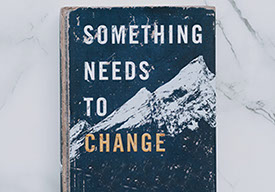

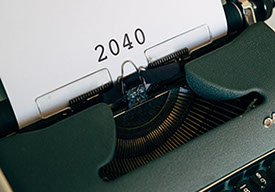
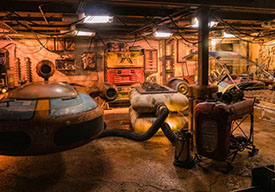




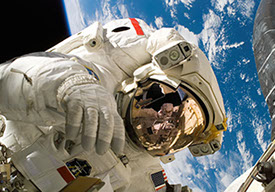

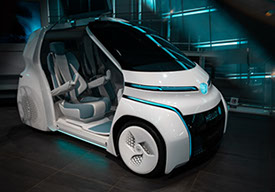

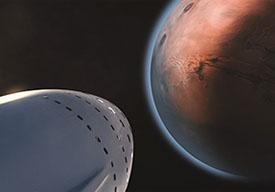
Informed reflection
Major changes
Multi-discipline approach
Place in time
Science Fiction
everything is connected
Design Thinking
Future opportunities
Using stories to look back
Mapping possibilities
looking at trends
Future paths
Impact of AI
new reality
<
1 - 14
>
LEAVE A COMMENT


